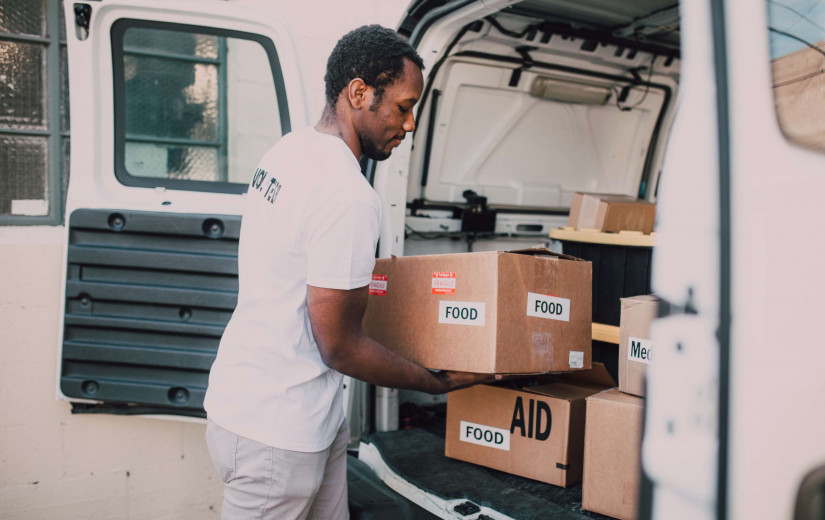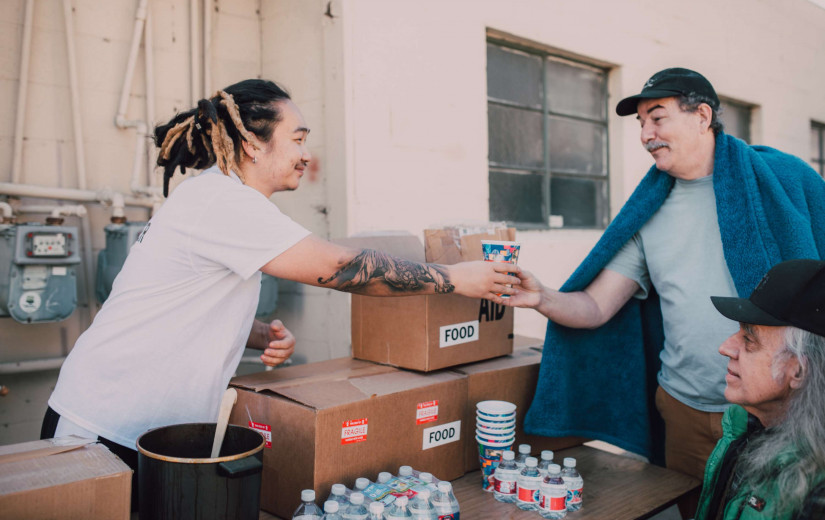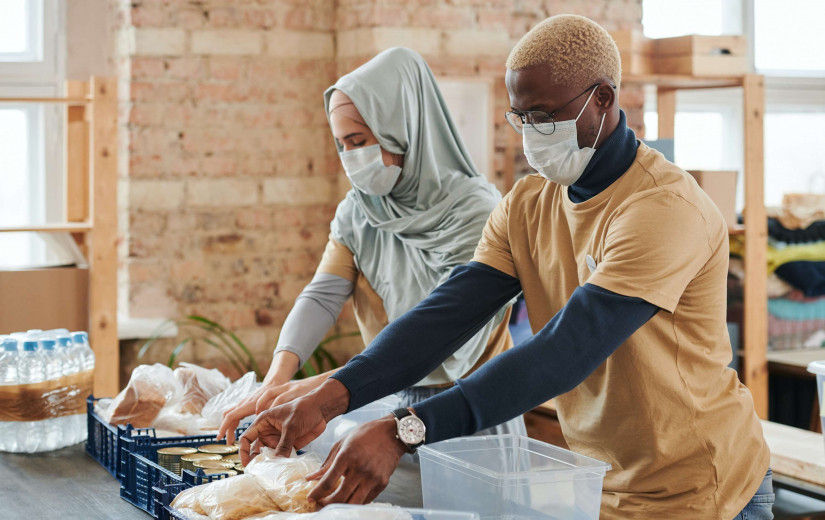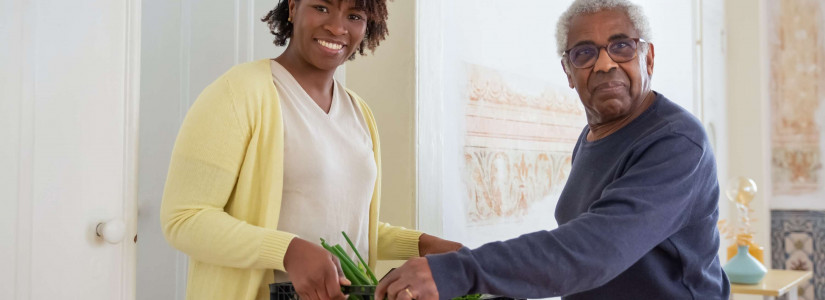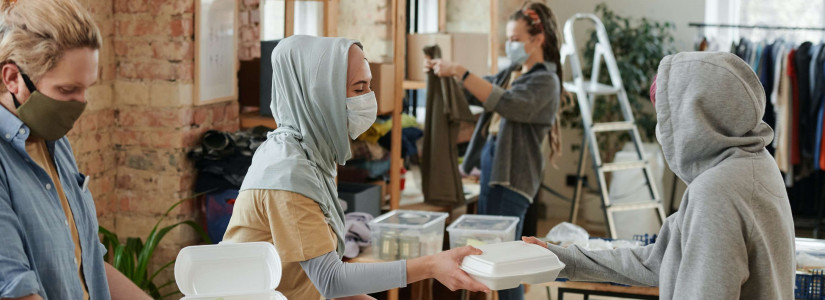How the COVID-19 Vaccine Was Able to Be Pushed Through So Quickly
It is understandable that some people are skeptical about the effectiveness and safety of the COVID-19 vaccine. When a vaccine arrives in a record amount of time, it is natural to wonder how this was made possible. However, the expedited process is simply the result of a host of pieces that were able to come together to safely create this important life-saving vaccine. Here are just a few of the reasons why it was possible to develop the COVID-19 vaccine in a record amount of time.
Cash is King
The amount of money pouring in to facilitate the fast development of this vaccine was unprecedented. Not only did the pharmaceutical companies invest a record amount of money into developing this important vaccine, but governments from all over the world also wrote blank checks to help to speed up the process.
In addition to the massive amounts of available funding, there was also a significant amount of interest in participating in clinical trials. While some vaccine testing can take years because of a lack of willing participants, the pharmaceutical companies enjoyed an unprecedented interest in volunteers wanting to participate in the trials.
Leaning on Previous Technology
One of the most helpful things about the development of this vaccine is that the technology to design it was already in place. This means that researchers were not needing to reinvent the wheel to make it happen quickly.Â
Most of the COVID-19 vaccines used adenovirus and mRNA technology that has been safely used in human beings for years. Because this is not a new technology, there is a high amount of confidence in its safety. The medical community also caught a break because there was already loads of research in place about SARS and MERS, two similar coronaviruses.
Due to the fact that the mRNA technology was already in place and that there was an extensive body of knowledge regarding the nature of coronaviruses, it was easier to design a new vaccine to combat this new virus. This gave researchers a head start on creating a vaccine for this specific need.Â
Global Effort
Creating a viable COVID-19 vaccine was a truly global effort. The medical community was able to harness the resources of the Coalition for Epidemic Preparedness Innovation (CEPI), formed in response to the Ebola outbreak in 2015. This partnership works specifically to accelerate the creation of vaccines, making it an instrumental part of the COVID-19 immunization development.
Because the COVID-19 crisis was a pandemic on a global level, an enormous amount of funding and manpower was diverted into fighting it from all corners of the world. Countries also came together to pool resources and exchange information, with the understanding that it would take a global effort to contain the spread of the virus.
Logistics Were Sped Up
With a normal vaccine, it can take up to one year to cross all of the administrative hurdles. This includes providing detailed submissions of the details of the trials to the applicable agencies, a question and answer period, and more. Because of the great time sensitivity involved in this particular vaccine, many of these administrative logistics were fast-tracked. By prioritizing the development of the COVID-19 vaccine, it was able to enter the clinical trial phase more quickly than past efforts.
Additionally, it was simply easier to carry out the trials because the virus was spreading so rapidly throughout the public. With so many people contracting the virus during their everyday lives, it was easier to reach a large enough sample size of confirmed cases to be able to provide meaningful data regarding the safety and efficacy of the vaccine.
What This Means
It is important to note that none of these measures compromised the safety of the vaccine development. All of the steps followed the same strict protocols of previous vaccine developments and implementations. The process has simply been expedited in the name of saving as many lives as possible.
While it is a personal decision regarding when to get the vaccine, the speed at which it was developed should not be a roadblock to making this important choice.




